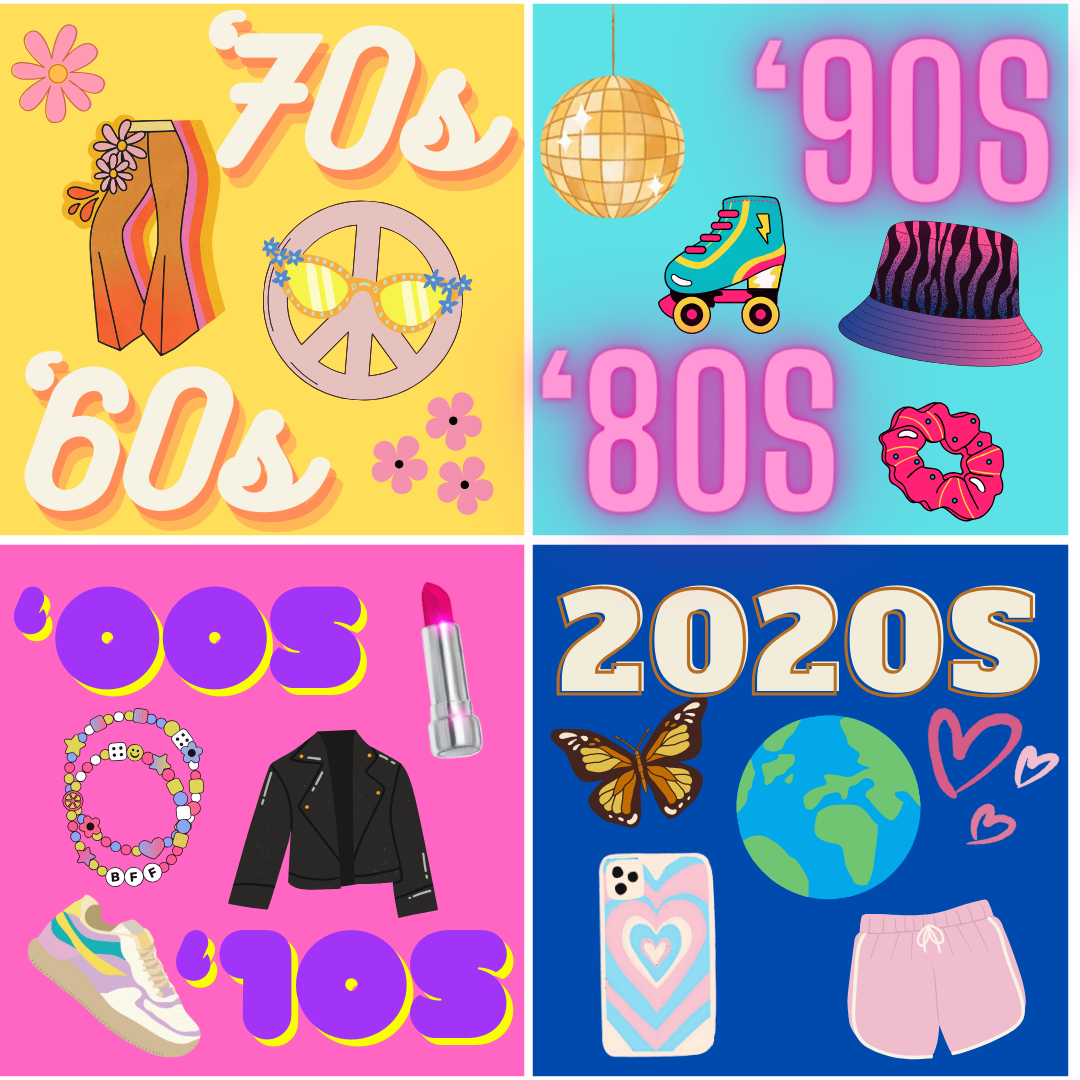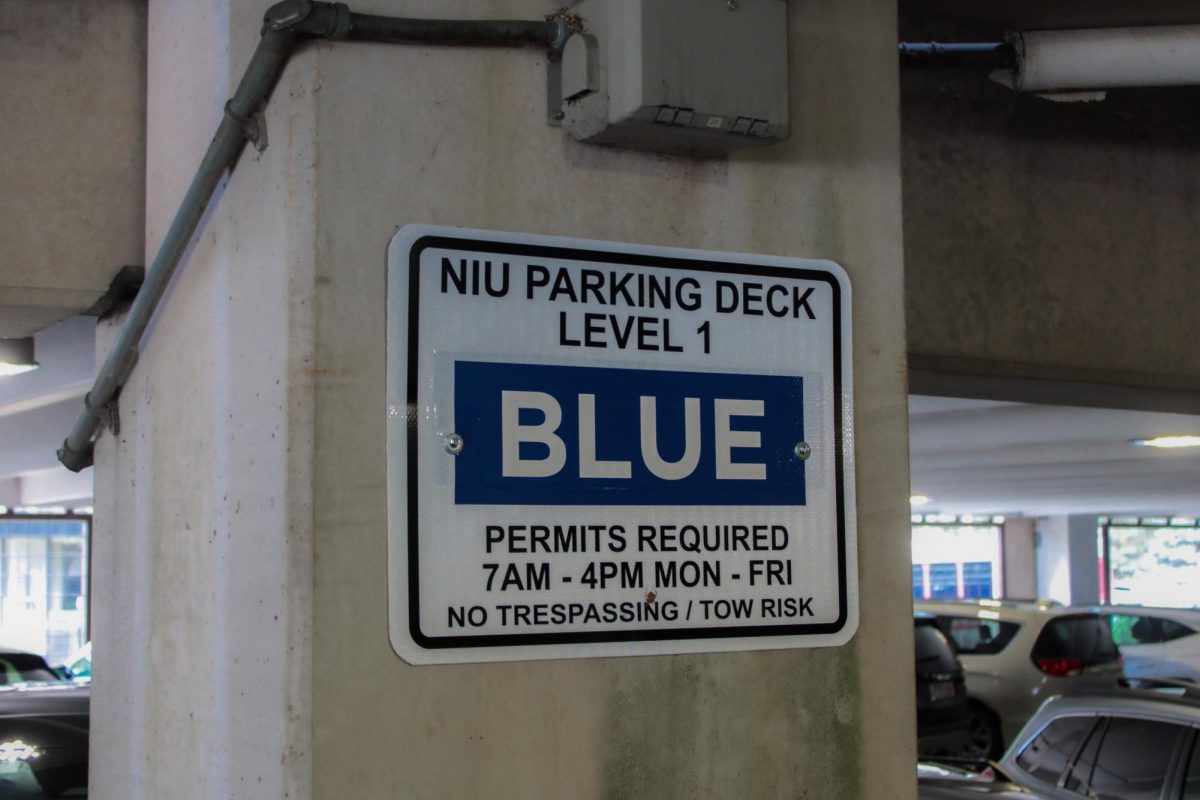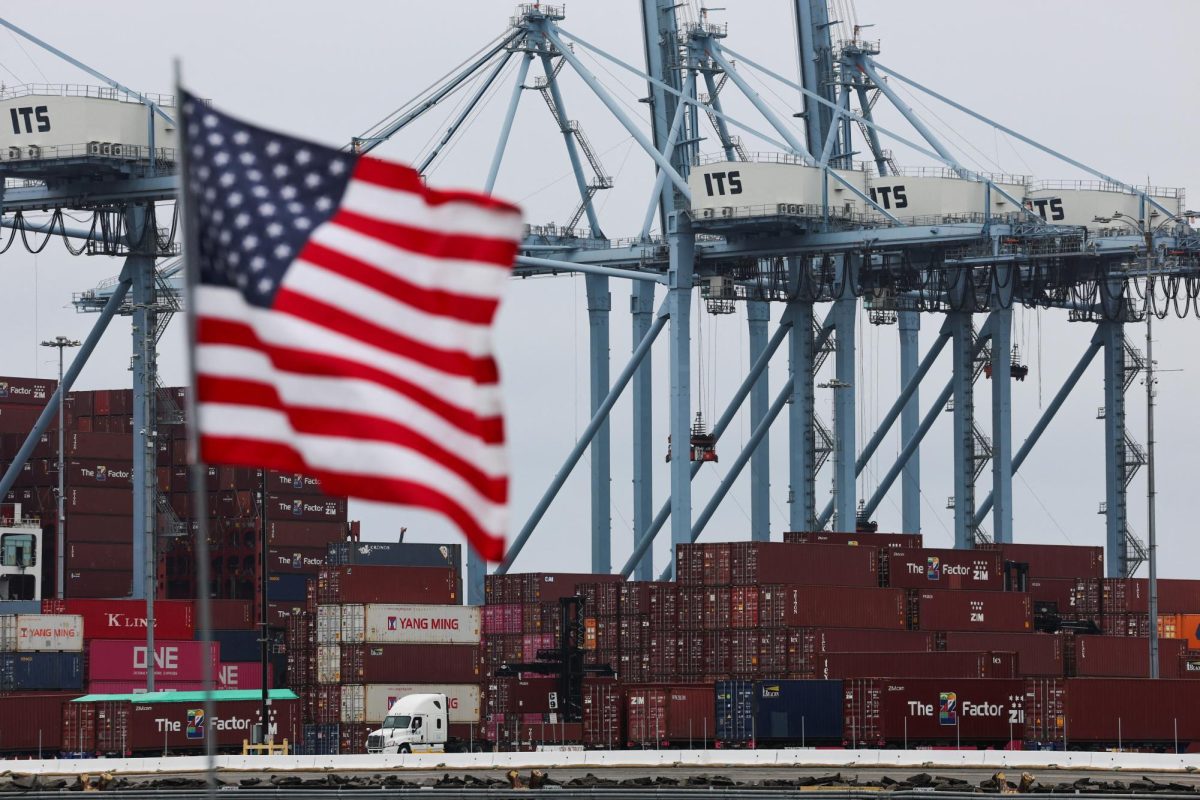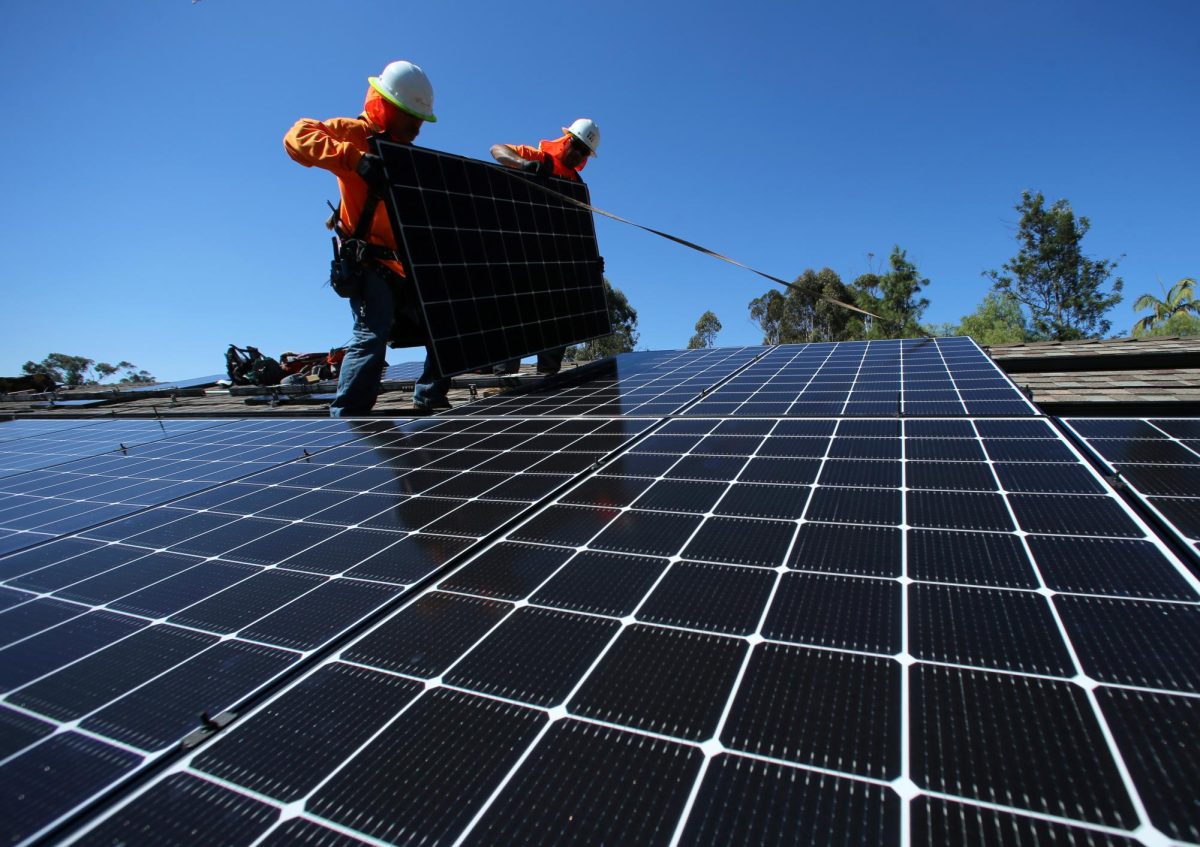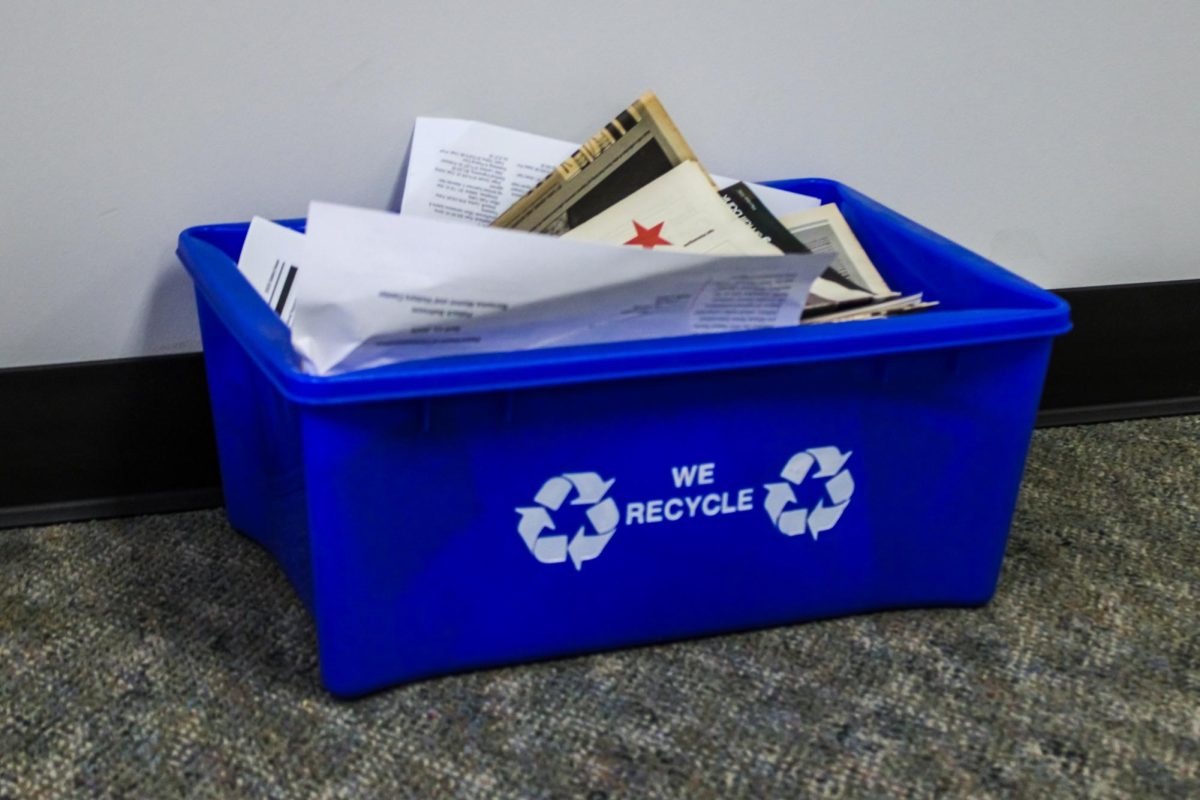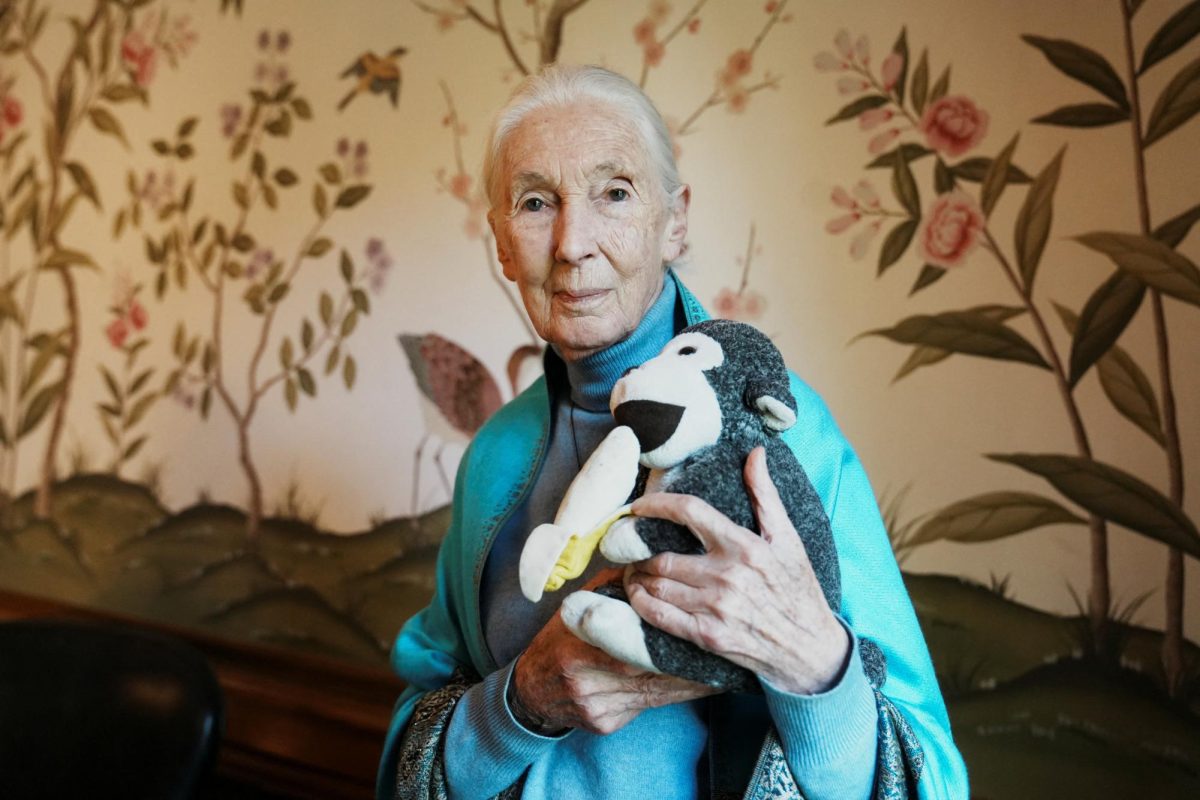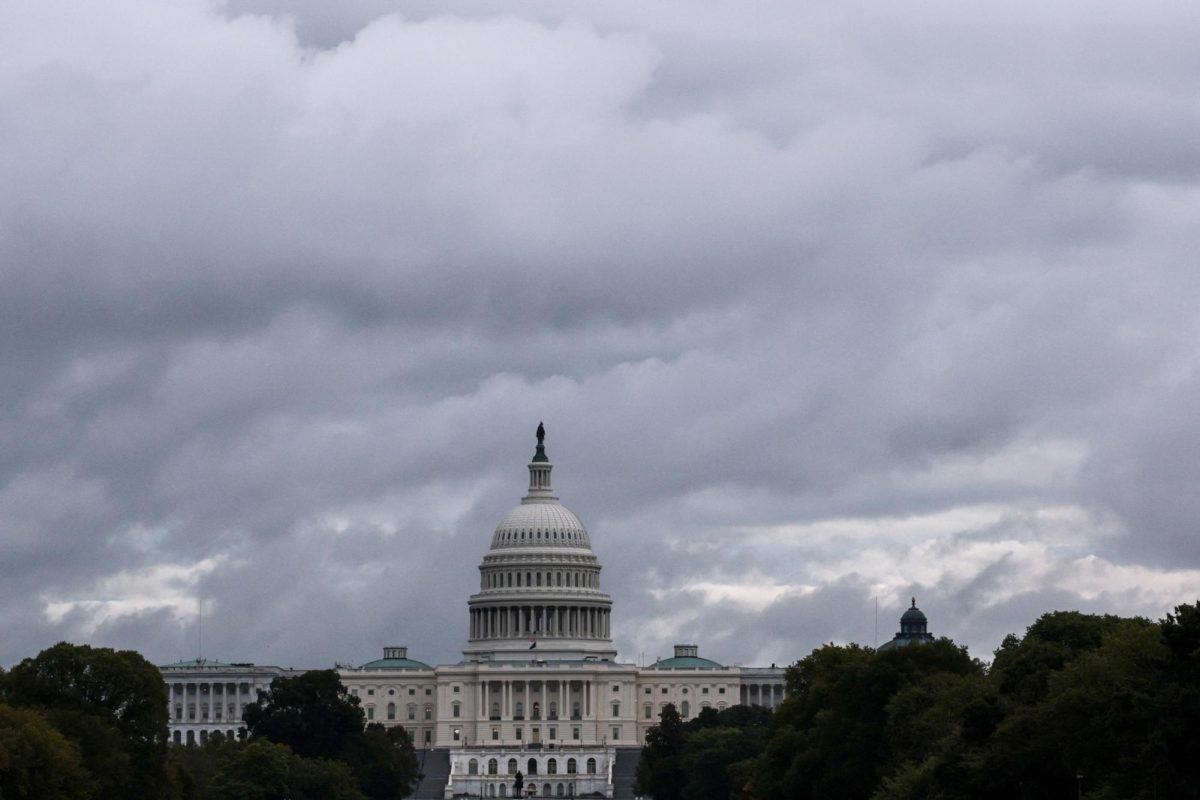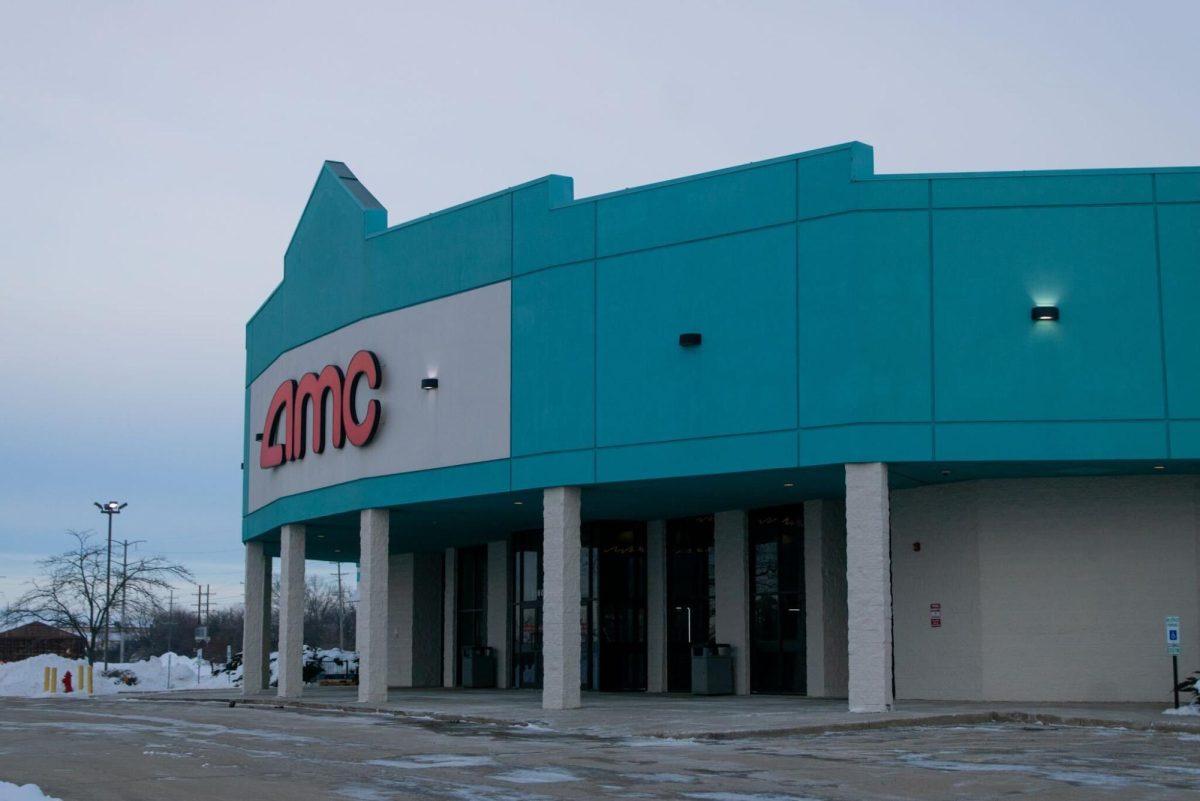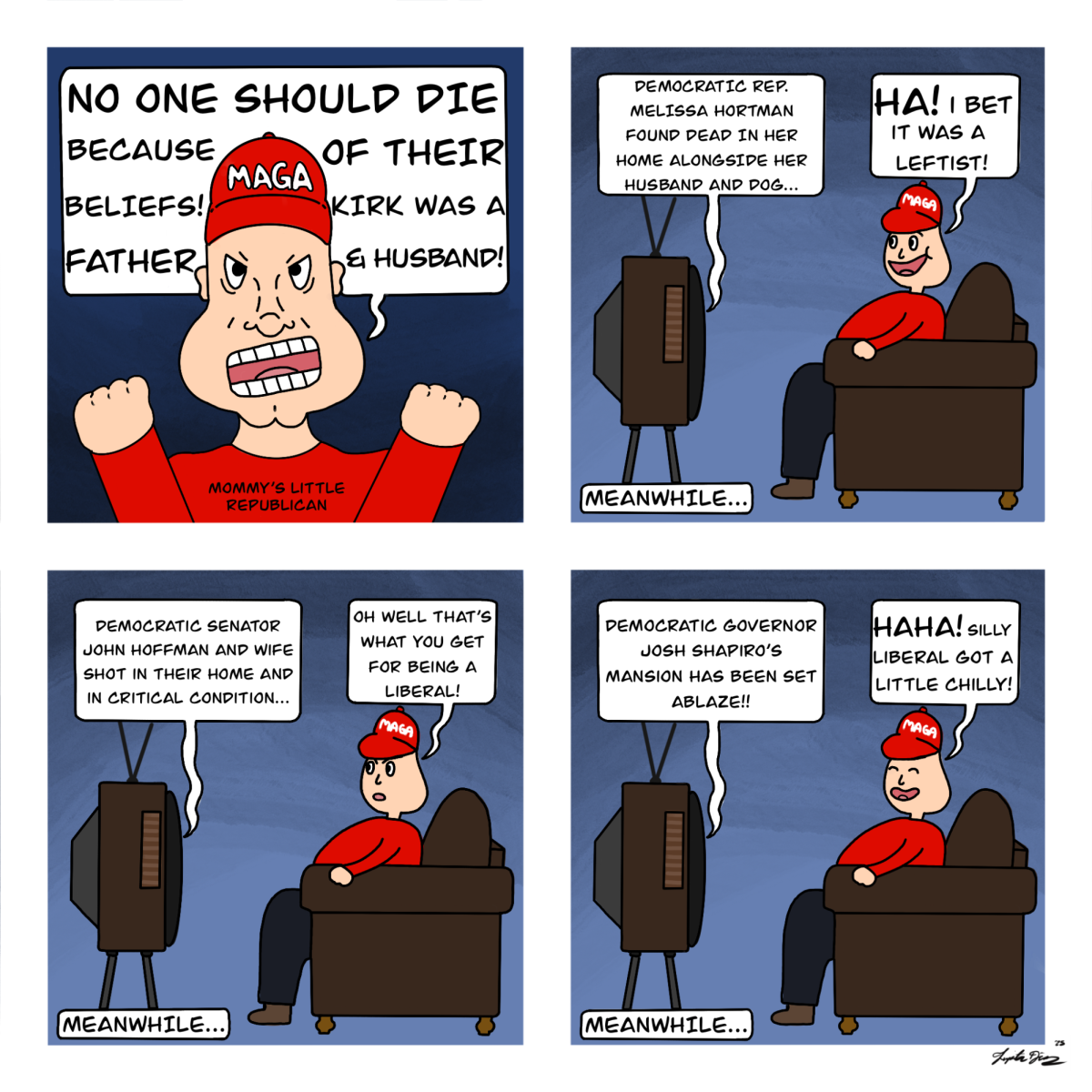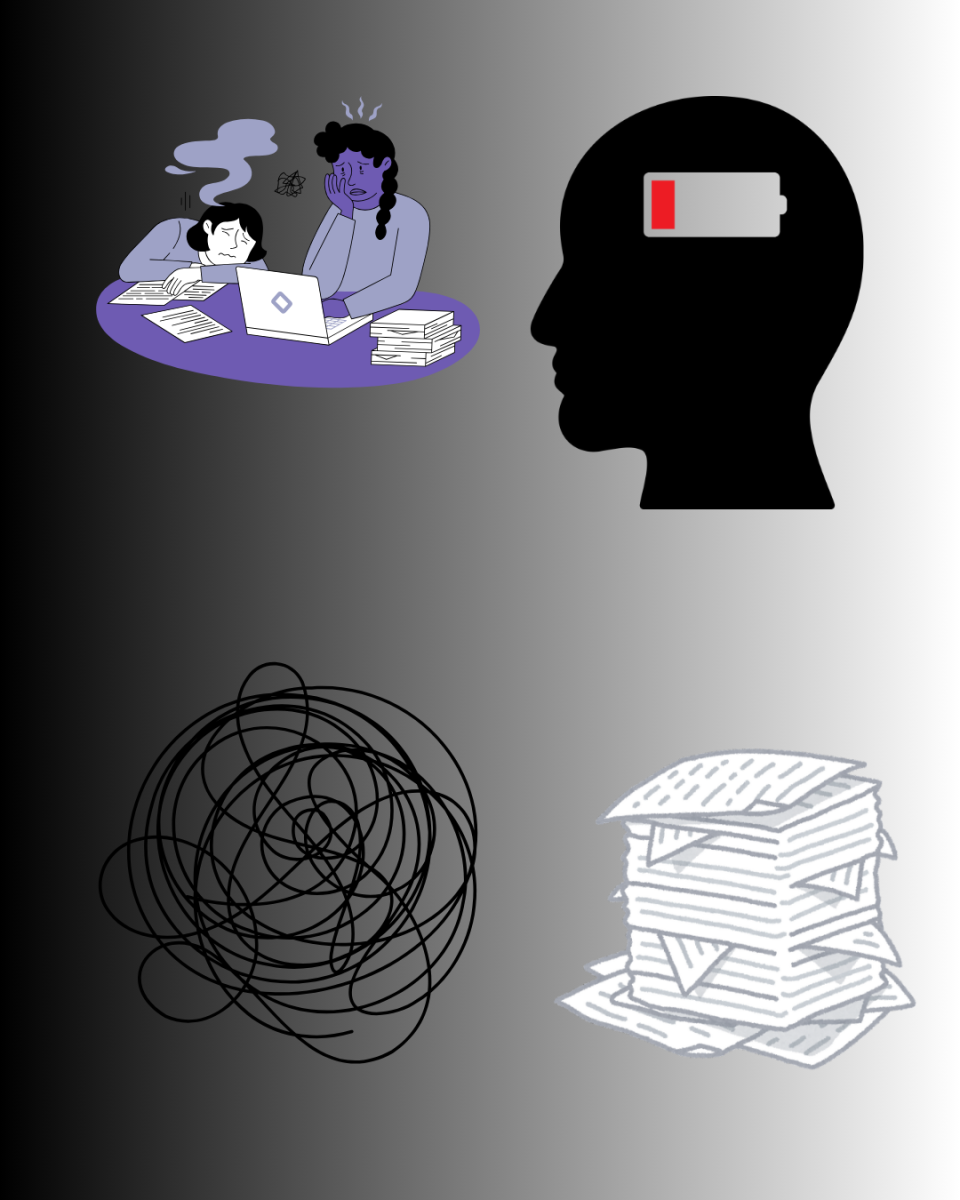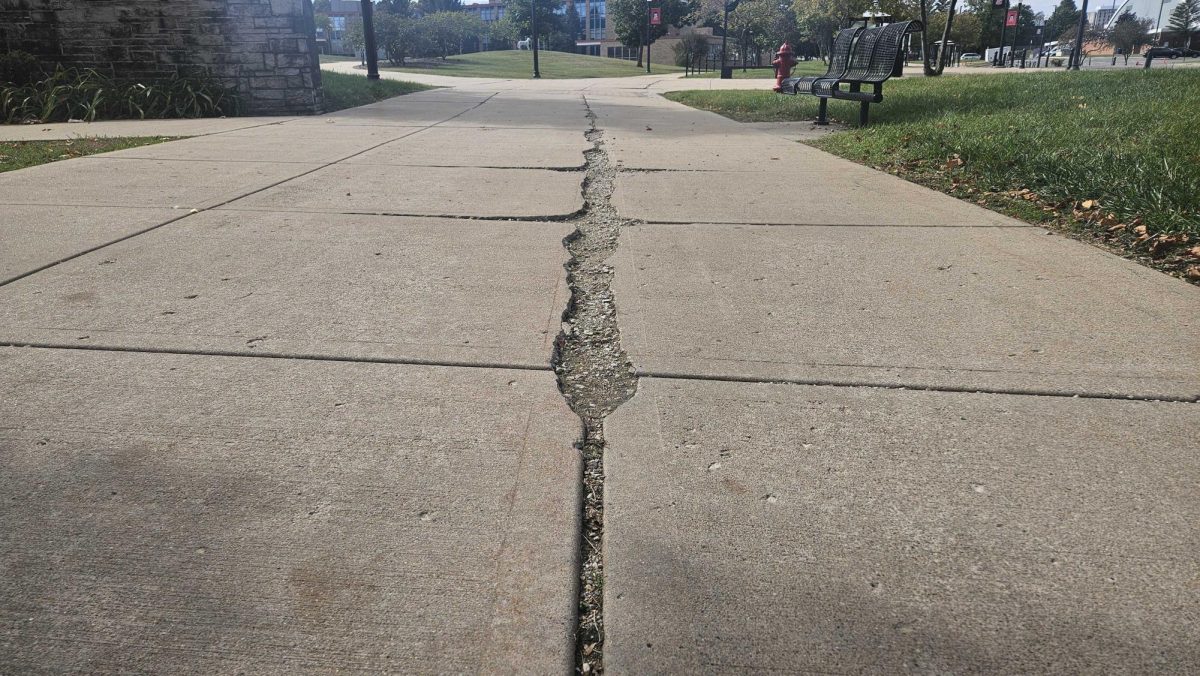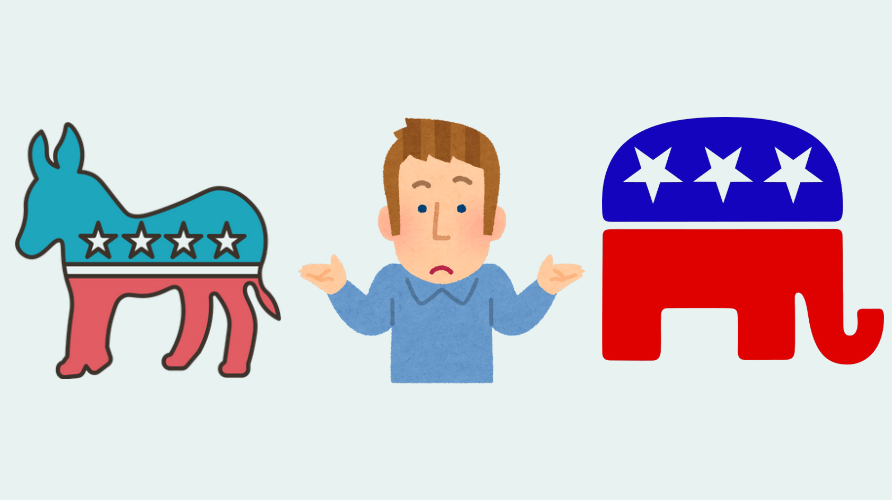As individuals, we express ourselves in many ways, but fashion has often been at the forefront. Over the decades, fashion has been an outlet for creative expression and an important aspect of culture in society.
Each decade has its flare, with fashion sometimes indicating what happened during that historical period.
Regardless of historical context, what are NIU students’ favorite fashion era?
1960S
The fashion of the ‘60s was diverse and colorful but began with remnants of ‘50s fashion that emphasized formality, according to Fashion Timeline.
Full skirts, “feminine silhouettes,” clean-cut aesthetics and suits were what the ‘60s started with, quickly devolving into a more casual, modern and hippy look.
Experimentation with fashion was popularized and targeted young consumers, with colorful clothing sourced from India, according to the Victoria and Albert Museum.
While the fashion industry aimed to target younger consumers, fashion began to break gender confines and created a space to explore identity past strict gender roles. Women could choose to present themselves in more ways than before, which was just the beginning for true creative expression.
1970S
Experimentation with fashion increased in the ‘70s and exhibited eclectic trends influenced by the many subcultures that developed.
The ‘70s began with an emphasis on Bohemian styles that incorporated floral prints, bell bottoms, jumpsuits, chunky accessories and suede jackets. This style quickly evolved to disco’s glitzy and shiny aesthetics, incorporating sequins, metallic fabrics, platform shoes, tight-fitted shirts and shaggy hair. Fashion became ultra-expressive and allowed both genders to be playful with fashion in loud and extravagant ways.
By the late ‘70s, leather jackets, ripped clothing and unconventional hairstyles were popular, according to Glam Observer.
1980S
Power dressing – reducing sexuality to gain power and authority in the workplace – was a staple to the ‘80s.
Due to this trend, sharp and tailored clothing with blazers and bold, chunky accessories were the new trend. Leggings and off-the-shoulder looks became the new trend along with athletic wear, neon colors, animal print, bold and diverse footwear and flamboyant styles.
Hairstyles included mohawks, mullets and clean-cut styles, among other creative styles.
By the end of the ‘80s, a mix of casual and refined was trending, encompassing a sporty yet elegant look. Similar to the ‘70s, playful expression was exhibited from both genders, which made this a fun time for fashion and culture.
Overall the ‘80s were a glamorous, bold and unique time for fashion, according to People History.
1990S
The ‘90s comprised many unique subcultures, but there was an obvious shift to casual and athleisure clothing. Despite what subculture one was a part of, casual and athleisure were incorporated creatively.
Denim was a staple element in this fashion decade for all articles of clothing: jackets, skirts, pants, accessories and overalls.
Bucket hats, chokers and slap bracelets were unique to this era as well.
Grunge, rave, minimalist, hip hop and pop culture were all major influences, resulting in different aesthetics that incorporated an alternative look with some baggy fitting looks, according to Master Class.
With culture influences and the beginning of the internet, this decade for fashion was turned up a notch and combined edgy with many other different vibes. This was the peak decade for combining various styles together.
2000S
As internet use increased, styles were inspired by Y2K and internet trends that included shiny black tones and reflective metallics.
Leather jackets, statement dress shirts, chunky shoes, mesh tops, leather or pleated skirts, shiny pants and sparkly shoes were all common during these times. Icons like Britney Spears and *NSYNC were the pioneers of this look.
The popularity of denim from the ‘90s was still present and led to other casual styles like cargo pants, daisy dukes, low-rise jeans, yoga pants, tracksuits, polos, trucker hats, crop tops and band t-shirts commonly worn.
2000s fashion was generally influenced by hip-hop, streetwear, scene, emo and athleisure, according to Central Casting.
2010S
The emphasis on athleisure from the previous decades influenced the 2010s by incorporating trends such as big sneakers, logos, hyper-stylized athletic wear, jumpsuits and rompers. `
Aesthetics like hipster, grunge, athleisure, bohemian, minimalist and preppy were all present and exhibited different clothing pieces for each style.
Beyond these trends, crop tops, ripped jeans, floral print, bold print, chunky sneakers, high-waisted bottoms and vintage-inspired accessories were celebrated, according to Nakysha.
2020S
Similar to the ‘90s, 2020 style has variety and entails all kinds of looks depending on an individual’s subculture and aesthetic.
The defining traits of 2020s fashion include sustainability, retro, DIY and upcycling, according to Hinton Magazine.
With internet exposure and the wide variety of subcultures that exist, the trends vary and item popularity fluctuates. People are wearing what they like with the understanding that there is an online community that likes to dress similarly.
We can organize the various aesthetics with names that are trending: cottagecore, dark academia, fairy core, preppy goth, etc. Apps like Depop and TikTok emphasize different styles further and highlight how important individuality and categorization are for understanding fashion trends.
Despite the infinite spectrum of self-expression in our decade, athleisure is still a common style of dress that may have more to do with American style than this decade. Because 2020 is so inclusive in terms of fashion, it may just be the best decade.
Fashion should be all-encompassing. While trends are fun, what really matters is what you like and feel good in.
Results of last week’s poll: What’s the best year in college?
Freshman – 17%
Sophomores – 27%
Juniors – 27%
Seniors – 27%
Graduate Students/Law – 3%


